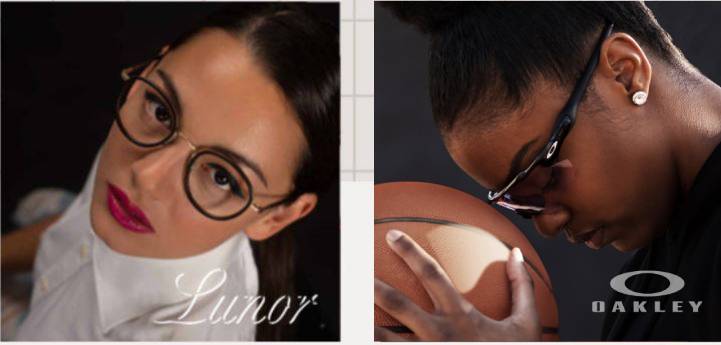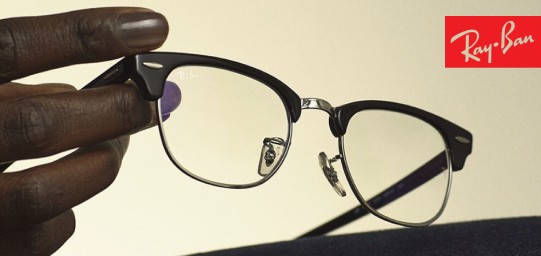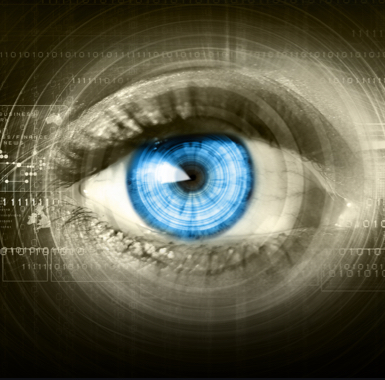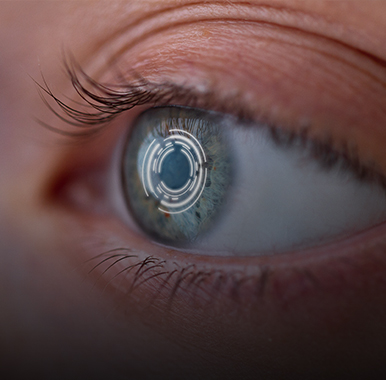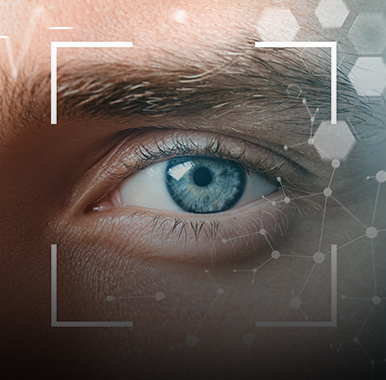See The World In All Its’ Vibrancy
Color blindness affects millions of people across the globe. Approximately 1 in 12 men and 1 in 200 women live with a color deficiency, which had no remedy until recently.
EnChroma glasses were cofounded in 2010 by Don McPherson, Ph.D. glass researcher, and Andrew Scmeder, mathematician and computer scientist. They were dedicated to continuing the research and development of glasses to optimize color vision, where previous versions were unsatisfactory.


